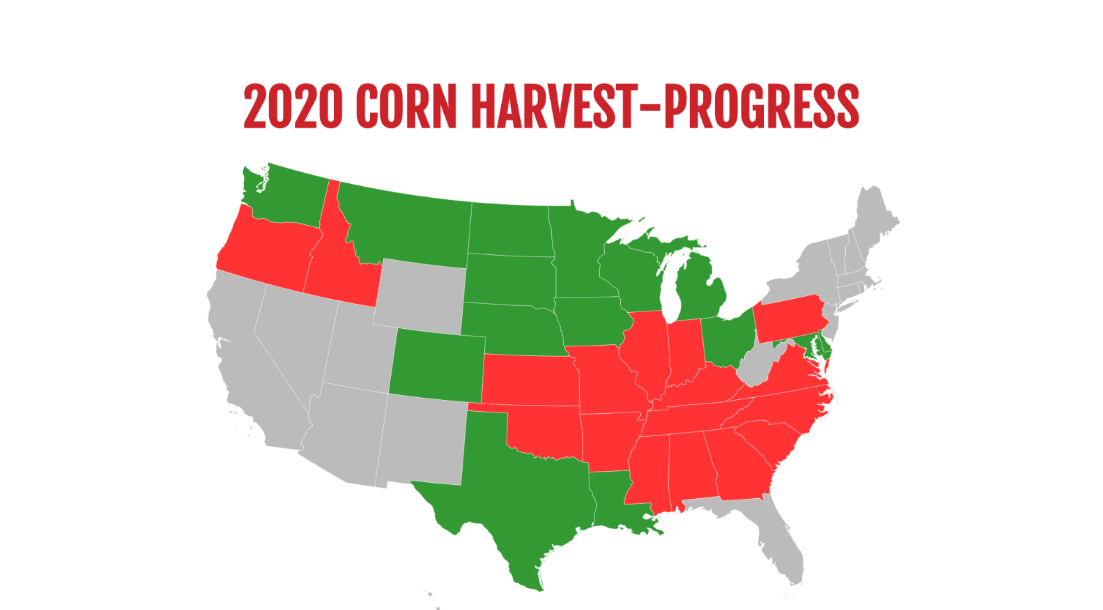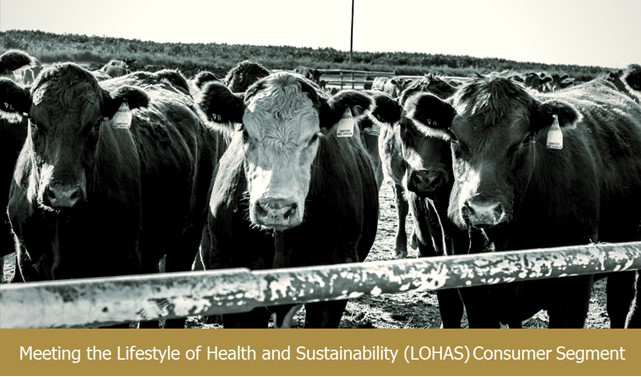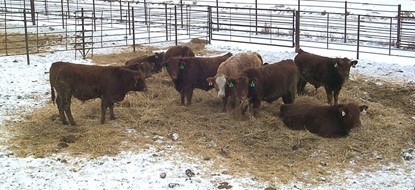
2020 Corn Harvest Update
September 21, 2020
Targeting the LOHAS Consumer Segment
December 21, 2020Preparing Your Cattle for the Cold
Preparing your land and cattle for colder conditions is crucial this time of the year, especially for feeders found north of Kansas. Nevertheless, at High Choice Feeders, we know how to prioritize appropriate nutrition and physical living conditions during the winter.
Nutrition
According to North Dakota State University, the cattle feed intake increases as temperatures drop. Temperatures below 22 F may even double intake. The opposite effect happens at temperatures negative of 20 F because cattle will remain in their sheltered areas to avoid the cold and therefore consume less. This scenario may require an increase in total digestible nutrients by one pound for every five degrees below zero. We generally recommend supplementing feed with nutrients whenever low-quality forage is fed. Feeders should also avoid moist feeds like corn silage, wet distillers grain, wet corn gluten feed, and potato waste as they can freeze in the bunk.
Water
Using automatic heated water fountains and freshwater from deeper (and warmer) wells help keep cattle healthy, but they also increase energy expenditures. Adding more insulation like foam boards within the edifice can restrict water absorption and reduce energy consumption.
Physical Living Conditions
Severe winter weather puts the cattle at risk of hypothermia, frostbite, and related conditions. Keeping cattle dry and warm is a crucial preventative measure. Make sure water and feed can be accessed easily and prevent ice or snow from building up in high traffic areas to reduce injuries from slipping. Also remove frozen manure lumps, as they can put more stress on the feet and leg,s and make sure to dump snow and ice in areas where it can be well-drained and away from containments.
At High Choice Feeders we may not be exposed to extreme temperatures like others to the north of us, but we recognize the importance of preparing for unusual circumstances.

